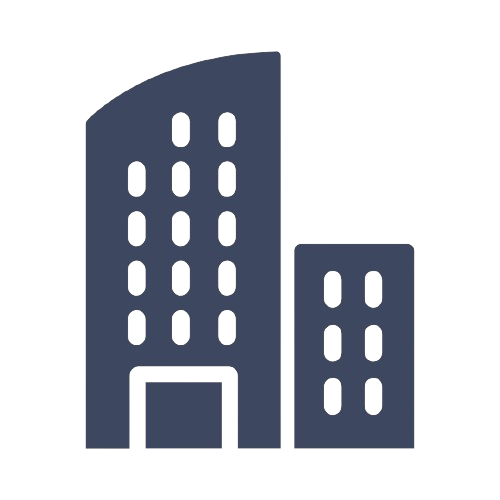The Senior Enterprise Architect plays a key leadership role in shaping the organization’s end-to-end technology ecosystem. This position is accountable for developing and maintaining an enterprise-wide architecture vision, ensuring alignment between technology strategies and business priorities, and establishing the architecture standards, principles, and governance required to guide long-term modernization and transformation initiatives.
Tasks
- Enterprise Architecture Strategy & Frameworks
Develop, maintain, and evolve Enterprise Architecture (EA) frameworks, standards, and governance models.
Define architectural principles that ensure consistency, integration, and scalability across systems and platforms.
Promote the organization’s architecture vision and strategy across all teams and leadership.
- Technology & Business Alignment
Translate business objectives, operating models, and organizational processes into coherent technical architectures.
Ensure that technology roadmaps, target architectures, and investment decisions support strategic business priorities.
- Current & Target State Architecture
Assess the current state of applications, data, infrastructure, and business capabilities.
Define future-state architectures that reduce redundancy, improve interoperability, and support long-term modernization.
Develop transition plans and roadmaps to guide phased implementation.
- Transformation & Modernization Leadership
Provide architectural leadership for large-scale transformation programs, including digital modernization initiatives.
Ensure project solutions adhere to enterprise standards and integrate effectively with existing environments.
- Standards, Governance & Risk Management
Establish and enforce architecture review processes, technology standards, and compliance guidelines.
Identify risks, security implications, and technical constraints within proposed solutions.
Partner with security teams to ensure alignment with cybersecurity and privacy requirements.
- Technology Assessment & Innovation
Evaluate emerging technologies, tools, and platforms, assessing their applicability and value to the organization.
Recommend solutions that improve performance, efficiency, and long-term sustainability.
- Stakeholder Collaboration & Communication
Work closely with executives, business leaders, solution architects, engineering teams, and external partners.
Communicate architectural concepts clearly to both technical and non-technical stakeholders.
Facilitate alignment across projects, programs, and business units.
- Business Process & Capability Modeling
Document and model business processes, information flows, and capability maps to inform architectural decisions.
Provide insight into cross-functional dependencies and integration points.
- Support for Delivery Teams
Guide solution architects, development teams, and infrastructure teams in applying enterprise architecture standards.
Provide oversight on architecture decisions throughout the project lifecycle.
- Cost Optimization & Technical Debt Management
Assess existing systems for cost-effectiveness, performance, and maintainability.
Recommend strategies to reduce technical debt and optimize technology investments.
Requirements
Bachelor’s degree in Computer Science, Information Systems, Engineering, or related field Master’s degree or MBA (asset)
10+ years of progressive experience in enterprise architecture, solution architecture, or senior technical leadership roles
Knowledge of TOGAF, Zachman, Gartner, or similar EA standards
Proven ability to define current-state and target-state architectures
Experience establishing architecture governance, standards, and principles
Deep understanding of modern application architectures (microservices, APIs, integration patterns)
Experience working with cloud platforms (Azure, AWS, GCP) and hybrid environments
Strong understanding of data architecture, security architecture, and infrastructure architecture
Knowledge of enterprise integration, identity management, and system interoperability
Experience mapping business processes, capabilities, and information flows
Ability to design scalable, integrated, cost-effective solutions
Experience identifying redundancies, technical debt, and modernization opportunities
Experience implementing architecture review processes and governance models
Strong understanding of cybersecurity principles, privacy requirements, and risk management frameworks
Ability to evaluate proposed solutions for compliance, integration, and risk impact
Experience using architecture modeling tools (e.g., Sparx EA, ArchiMate, Visio, Lucidchart, Draw.io)
Familiarity with Agile, DevOps, ITIL practices
Experience with cloud adoption frameworks and modernization methodologies









